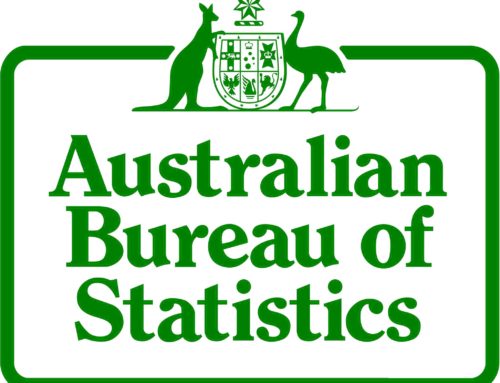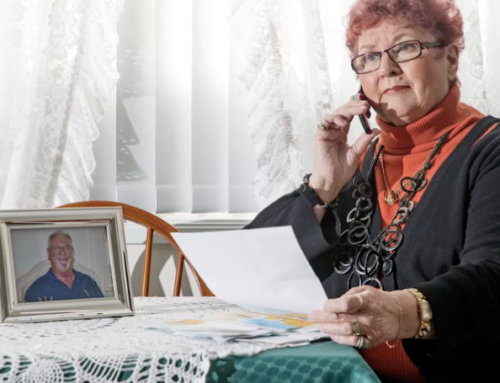It’s been said that there are only two guarantees in life: death and taxes. While the latter isn’t much of an issue, the former definitely is. According to one study, 16% of donors lapsed because they passed away. When you combine that with the fact that a majority of charitable giving comes from baby boomers and older, running a deceased suppression process regularly becomes invaluable.
What is Deceased Suppression Processing?
During a deceased suppression process, the names and addresses of individuals in your donor database are matched against a list of deceased individuals. A deceased date, if found, is provided, allowing you to identify deceased constituents and marked them as such in your database.
The cost of such a data service typically starts around $300, and is well worth the investment. Here are three reasons why:
1 . Not annoying a surviving family member
Hopefully you’ve never experienced the loss of a loved one or close friend. In certain contexts, being reminded of them can bring up fond memories. Receiving promotional direct mail addressed to them is not one of those contexts, especially if the content includes language like “act now!”
Removing deceased individuals from your mailing list can save you the embarrassment of appearing insensitive to a surviving spouse or household member. It’s highly doubtful that those individuals would notify organisations (for profit or not-for-profit) that the member of your mailing list had passed away (if they do, skip down to #3), and it’s unfair to have that expectation.
You owe it to the person who has supported you not to cause an ounce of pain to their surviving loved ones. This reason alone is enough, but read on if you aren’t yet convinced.
2 . Cost savings
While saving money on direct mail campaigns comes second to the point above, it should not be overlooked, especially if you perform multiple direct mail campaigns each year.
Let’s say you invest $500 in the data suppression service. At four mailings per year, with a cost of $2.40 per mailing item, you would only need to remove about 200 names to fully (hard) cost justify the expense (if you have a large, old list that has never been cleansed).
However, don’t let not breaking completely even on the hard costs keep you from investing in the service. Not annoying even a few donors makes it worth while, and can even open doors to additional stewardship opportunities.
3 Final opportunity to show appreciation (and more)
Learning that a dedicated and engaged donor has passed away should trigger a lot of activity for you as a fundraiser, especially if you have data on members of their household.
Sharing your condolences with a surviving family member is an amazing stewardship opportunity. Make time to let them know how much you appreciated their support over the years, while including its tangible outcomes. They may not even be aware, and there’s no greater gift than communicating that legacy.Who knows? That spouse, partner, son or daughter may continue supporting you in honor of their dearly departed.
Along with other data services like the Australia Post National Change Of Address (NCOA) service, deceased suppression processing is an indispensable part of the fundraiser’s toolkit. It’s not hard to find a provider for such a data service. It’s likely that your donor database provider can point you in the right direction if not provide it directly.
So take a look at your donor database to decide if such a data service is right for you. If you’ve never run one, and/or have an aging constituency (with special consideration for multi-year givers), now might be a great time, especially if a major appeal mailing campaign is coming up.
This article was first published on the bloomerang website https://bloomerang.co





